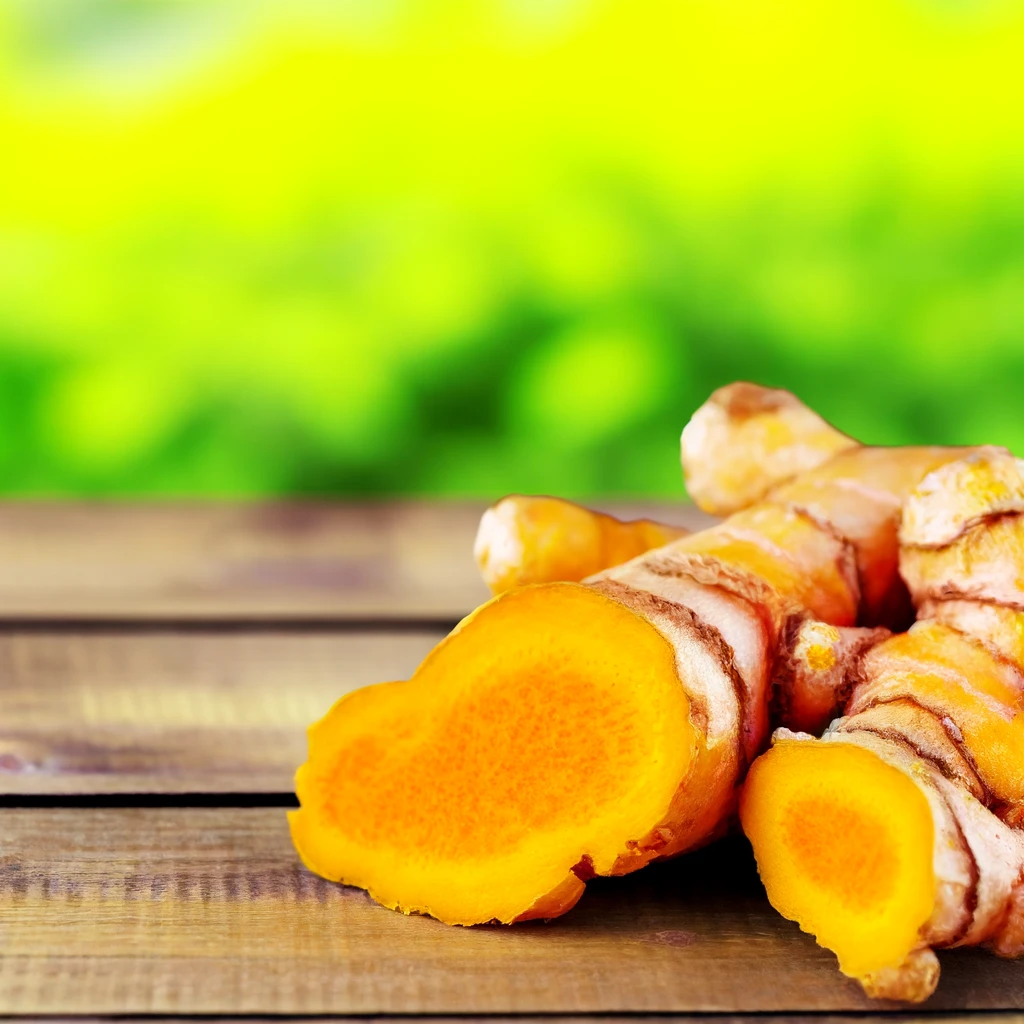Estrogenic plants and herbs contain compounds known as phytoestrogens, which mimic the action of the hormone estrogen in the body. These can have various effects, depending on an individual’s health, hormone levels, and the amount consumed. Here’s a list of some well-known estrogenic plants and herbs, along with details on each:
Soy and Soy Products
Soybeans and soy products like tofu, tempeh, and soy milk are rich in isoflavones, a type of phytoestrogen. Isoflavones can bind to estrogen receptors in the body, potentially reducing the risk of some cancers, alleviating menopausal symptoms, and impacting bone health.
Flaxseeds
Flaxseeds are another significant source of phytoestrogens, particularly lignans, which have antioxidant properties. They may help in reducing menopausal symptoms, and there’s also interest in their potential to lower the risk of breast cancer.
Red Clover
Red clover contains isoflavones similar to those found in soy and is often used in supplements aimed at relieving menopausal symptoms like hot flashes and night sweats. However, its effectiveness and safety remain subjects for further research.
Black Cohosh
Details: Often used in North America for the treatment of menopausal symptoms, black cohosh has been suggested to have estrogenic activity, although its exact mechanism is not fully understood. It’s important to use it cautiously due to concerns about liver health.
Licorice Root
Licorice root contains several compounds thought to possess estrogenic properties. It has been traditionally used for various purposes, including menstrual and menopausal issues, though its consumption should be monitored due to potential side effects like hypertension.
Alfalfa Sprouts
Details: Alfalfa sprouts are rich in phytoestrogens, particularly coumestans. They are often consumed for their potential health benefits, including cholesterol-lowering effects, though high amounts might lead to adverse effects due to their estrogenic activity.
Chasteberry (Vitex)
Chasteberry is often used to treat premenstrual syndrome (PMS) and menstrual disorders. While not traditionally considered estrogenic, it affects the pituitary gland and may indirectly influence hormone levels, including estrogen.
Hops
Hops, used in brewing beer, contain prenylnaringenin, one of the most potent phytoestrogens. It may have effects on menopause symptoms and hormone-sensitive conditions, although typically consumed in small quantities in beer.
Dong Quai
Known as “female ginseng,” dong quai is used in traditional Chinese medicine for menstrual cramps, premenstrual syndrome, and menopausal symptoms. However, its estrogenic effects and mechanism of action are not well understood.
Fennel
Fennel is rich in compounds with estrogenic activity and is traditionally used for various estrogen-related conditions, including menopausal symptoms and increasing milk secretion in breastfeeding women.
Lavender
Studies have suggested that lavender oil may have estrogenic and anti-androgenic effects. For example, there have been case reports linking topical use of products containing lavender oil to prepubertal gynecomastia, which is the development of breast tissue in boys before puberty. The hypothesis is that components in lavender oil may mimic estrogen and inhibit the effects of androgens, leading to an imbalance in hormone levels.
Tea Tree Oil
Tea tree oil has been investigated for its potential hormonal activities. Case studies reporting prepubertal gynecomastia have also included tea tree oil, suggesting it might have estrogen-like effects and anti-androgenic properties. The concern is based on the idea that some compounds in tea tree oil could disrupt hormonal balance.
BPA
BPA can bind to estrogen receptors in the body, acting as an endocrine disruptor. This means it can interfere with the natural signals sent by hormones, which are critical for managing bodily functions. BPA’s ability to mimic estrogen can lead to various health concerns, as it may contribute to hormonal imbalances.
The estrogen-like activity of BPA has been linked to several health issues, including:
- Reproductive Health: BPA exposure has been associated with fertility problems in both men and women. In women, it may affect ovulation, and in men, it can impact sperm quality.
- Developmental Effects: Prenatal and early life exposure to BPA is particularly concerning. It may affect the development of the reproductive system and has been linked to behavioral changes in children.
- Cancer Risk: There is ongoing research into the connection between BPA exposure and increased risk of certain types of cancer, including breast and prostate cancer, given its role as an endocrine disruptor.
- Metabolic Disorders: BPA exposure has been associated with obesity, diabetes, and cardiovascular disease. Its estrogenic effects may influence fat storage and insulin resistance.
- Neurological Effects: Some studies suggest that BPA could impact brain development and behavior due to its hormonal activity.
Atrazine
Research indicates that atrazine can disrupt the normal functioning of the endocrine system in wildlife and potentially in humans. It has been shown to:
- Mimic Estrogen: Atrazine has been observed to cause estrogen-like effects in certain animals, leading to changes in reproductive development and function. While it does not mimic estrogen directly by binding to estrogen receptors in the same way as estrogen or phytoestrogens, it can lead to increased aromatase activity. Aromatase is an enzyme that converts androgens (male hormones) into estrogens, thus potentially raising estrogen levels indirectly.
- Impact on Wildlife: In amphibians, atrazine exposure has been linked to hermaphroditism and other reproductive abnormalities. These findings have raised concerns about atrazine’s potential effects on the reproductive health of wildlife and its implications for ecosystems.
- Concerns in Humans: The impact of atrazine on human health, particularly concerning its estrogenic activity, is an area of ongoing research. Concerns have been raised about potential links to breast cancer, as well as effects on fetal development and reproductive health.







































